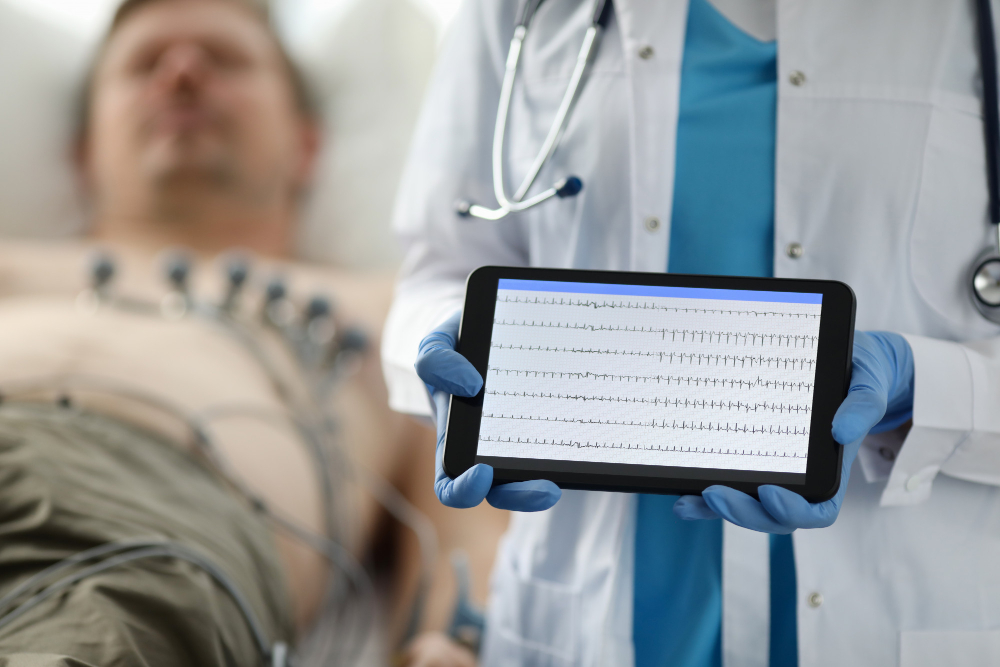
This article examines the feasibility of determining goal-concordant care (GCC) using the electronic health record (EHR) in a retrospective chart review. The study discovered that, although the data was dispersed among the multidisciplinary notes, patient goals could be comprehended using the EHR. The EHR would need to be improved, and external validation would help establish GCC as a crucial outcome metric. The study emphasizes the importance of communication with patients and their relatives in determining GCC and the potential of the EHR to facilitate this process.
Goal-Concordant Care (GCC) is an essential aspect of patient-centered care that aligns care with patient values and preferences. In the case of serious or critical illness, communication with patients and their relatives is crucial for determining GCC. Therefore, the Electronic Health Record (EHR) can be used to examine the delivery of GCC in a way that is both practical and economical. This article explores the feasibility of using the EHR to determine GCC in a retrospective chart review.
Two unbiased researchers conducted the study, which employed a pre-existing framework of four questions to determine GCC. The reviewers looked at multidisciplinary notes in the EHR and took pertinent information out. The primary objective of the study was to determine whether data from the EHR could be used to provide answers to the four fundamental questions for determining aim concordance. The choice of goals was the secondary outcome. The level of agreement between the two reviewers was measured using Cohen’s kappa.
The study analyzed a random sample of 41 patients, of whom 35 (85%) received care deemed goal-concordant (36 survivors and 5 hospital deaths). There was excellent interrater agreement on identifying the data to determine GCC (Kappa = 0.70). Patient goals were noted in about 80% of the charts analyzed. Social work (39%), hospital progress notes (29%), palliative care (20%), and physical/occupational therapy (15%) were the note sources that provided information about patient preferences. The most common patient goals recorded in the EHR were “returning home” and “becoming better or stronger.”
The study discovered that, although the data was dispersed among the multidisciplinary notes, patient goals could be comprehended using the EHR. With EHR advancements and external validation, goal concordance as a key outcome indicator could be more easily determined. The study emphasizes the value of consultation with patients and their loved ones in determining GCC and the possibilities for enhancing patient-centered treatment through the use of the EHR.




